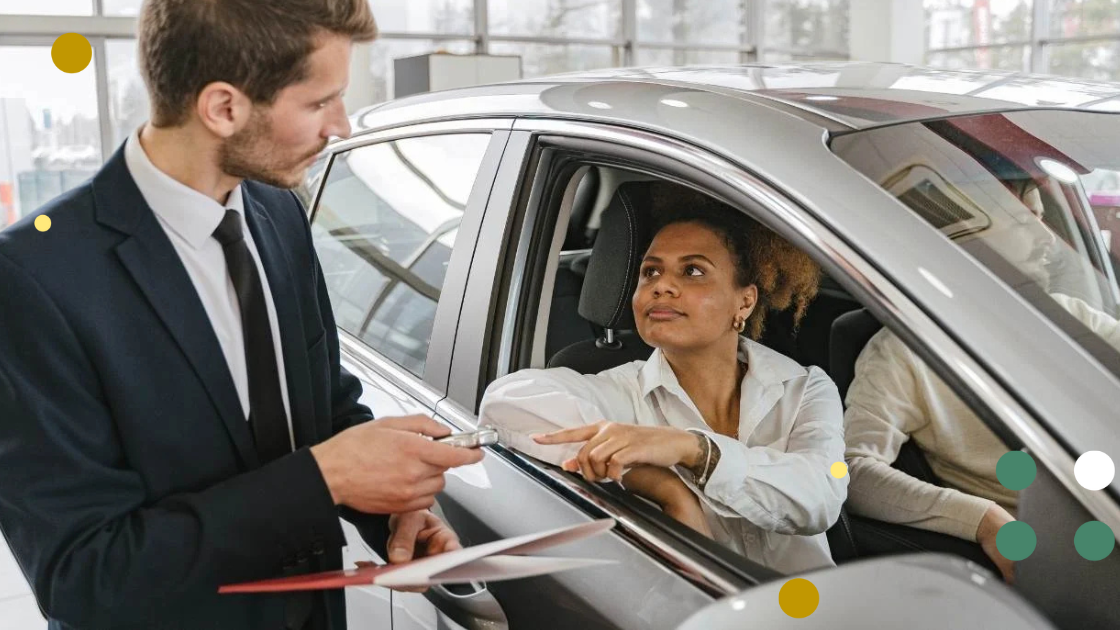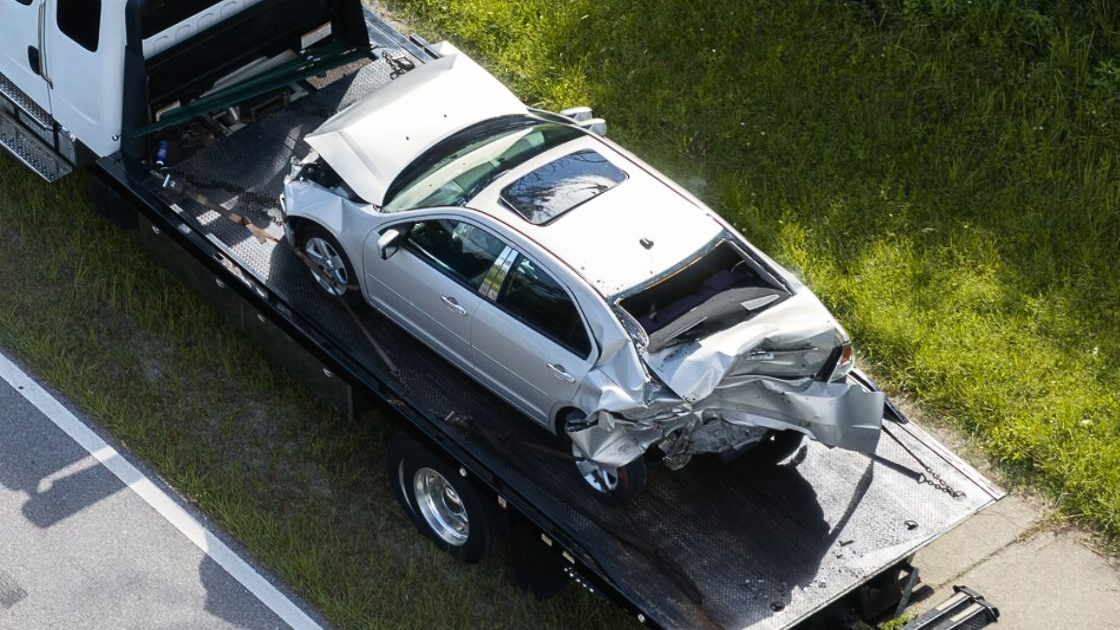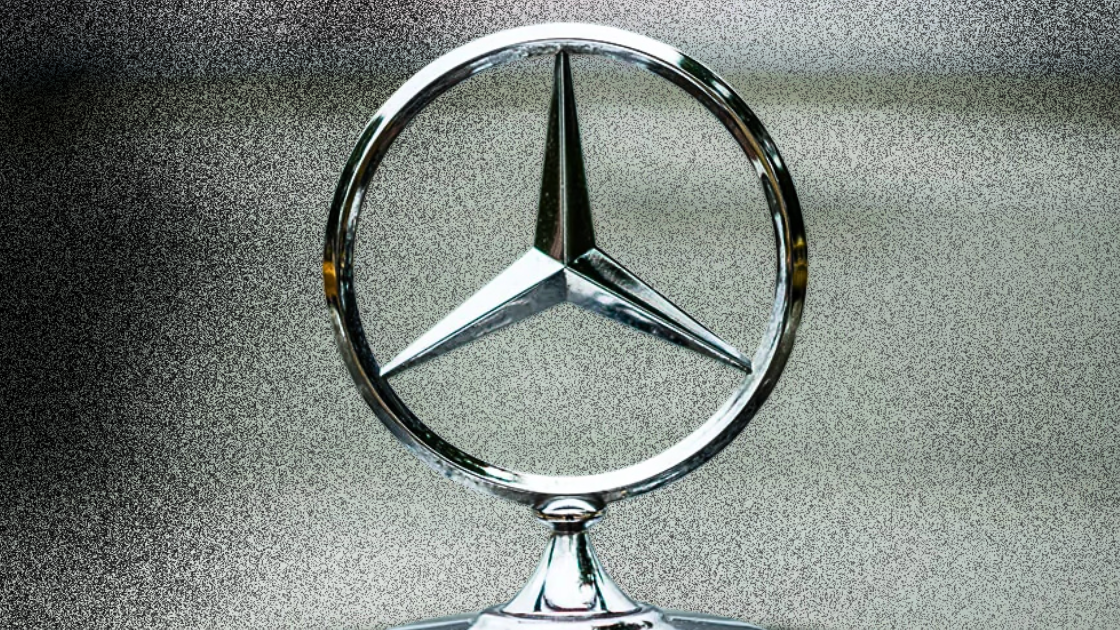In 2026, the interplay of supply, demand, and price will be the single most important lens for forecasting dealership profitability and buyer behavior, according to a new report.
The details: A recent analysis by Spyne, an AI-based auto retail technology company, finds that tariff exposure and affordability pressures will converge in 2026 to create what CEO Sanjay Varnwal calls a composition crisis rather than a volume problem.
Import-heavy models face allocation volatility as automakers rethink sourcing from China, Europe, and Mexico.
Average transaction prices hit $50,080 in September 2025 (the first time ATP crossed $50K) and tariffs could add another $2,000 to $3,000 per unit once costs pass through.
And the price gap between new and used cars is widening, pushing buyers toward pre-owned inventory where dealer margins are thinner.
What they're saying: "Dealership supply will become more about composition than volume," Varnwal said. "You might have full lots, but not of the models customers want. The challenge in 2026 is to match the right vehicle to the right buyer faster than anyone else."
The operational reality: Even as total inventory appears healthy, landing specific vehicles will involve longer lead times, fragmented shipping routes, and higher compliance costs. Components like semiconductors and batteries face additional tariff layers and customs delays.
Between the lines: Spyne's analysis identifies what they call an "intent gap"—the lag between consumer browsing behavior and actual purchasing action.
"Tariffs are only half the story," Varnwal noted. "The other half is psychology. Consumers hear about trade tensions and higher payments and their intent cools even before prices change. That delay in intent shows up first in digital signals: fewer clicks, longer decision cycles, slower follow-ups."
Meanwhile, used vehicle values remain elevated year-over-year. And lease returns from the 2021-22 EV cycle will expand used supply, but rising parts costs and reconditioning delays may slow how fast those cars reach retail lots.

OUTSMART THE CAR MARKET IN 5 MINUTES A WEEK
No-BS insights, built for car dealers. Free, fast, and trusted by 55,000+ car dealers.
Why it matters: Dealers face getting stuck with wrong inventory at elevated floorplan costs while their customers migrate to used cars.
Looking ahead: Spyne projects three scenarios for 2026 pricing, each with different implications for dealer strategy:
Baseline scenario: New vehicle prices rise 4-6%, used prices up 3-5%, assuming partial tariff pass-through and stable conditions.
High pass-through: New vehicles up 7-8%, used up 5-8%, if full tariff costs reach consumers amid tighter supply.
Demand slowdown: New prices flat to down 2%, used down 1-3%, if consumer pullback triggers deeper discounting.
Bottom line: "If new-vehicle prices climb faster than wages, used vehicles become the release valve," Varnwal said. "But even used-car pricing won't behave uniformly. Electrified vehicles, luxury SUVs, and imports will each have their own trajectory."
A quick word from our partner
What the Top 10% of Dealers Know - And Do Differently
Get inside conversations with dealers who are finding 77 extra used cars a month, improving CSI above 90%, and building 4.8-star reputations that drive sales.
Hosted by Sam D’Arc from Car Dealership Guy and brought to you by Digital Air Strike, the team and technology behind smarter communication and stronger customer relationships for auto dealerships.
Watch the Dealer-to-Dealer Video Series free at Ultimate20Group.com












